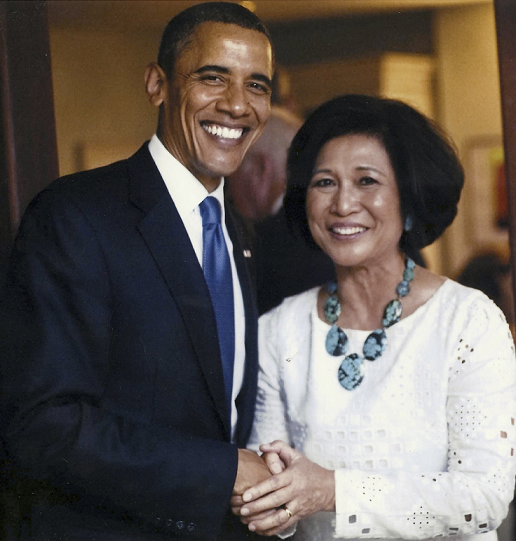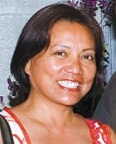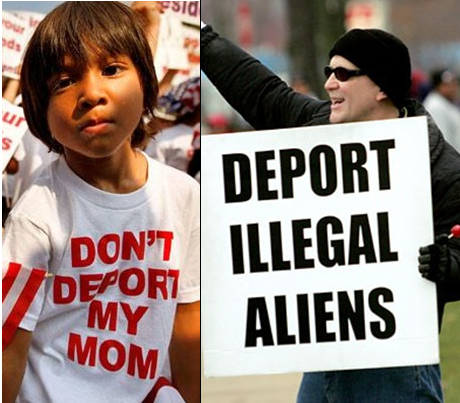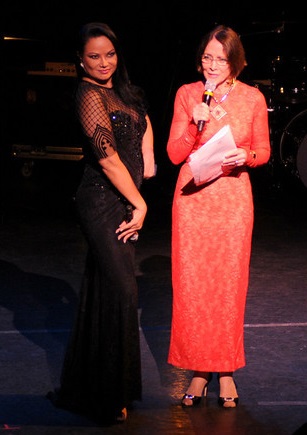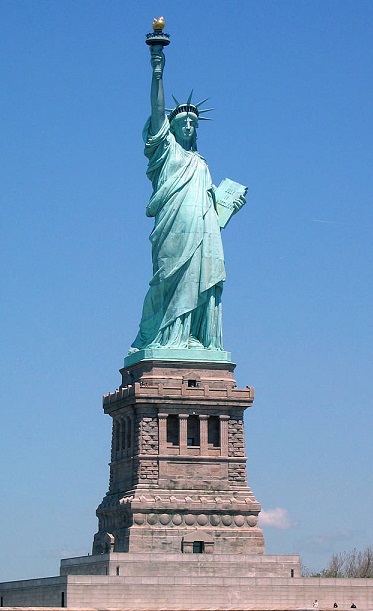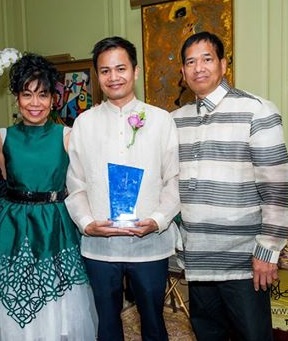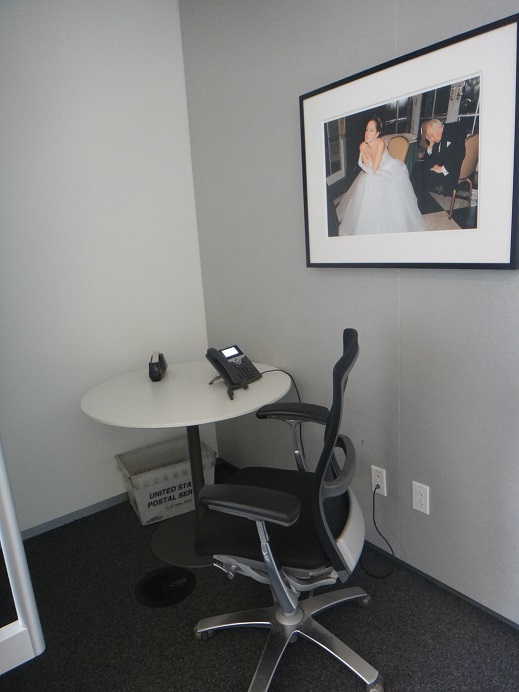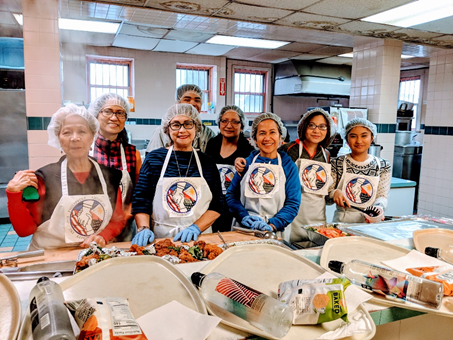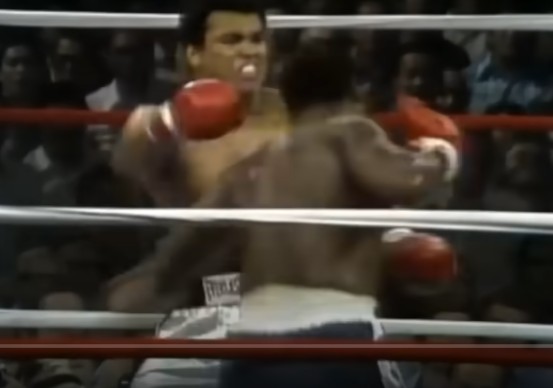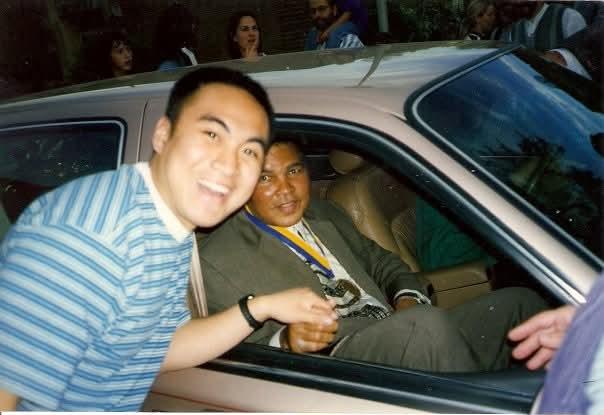Half a century since the ‘Thrilla in Manila’
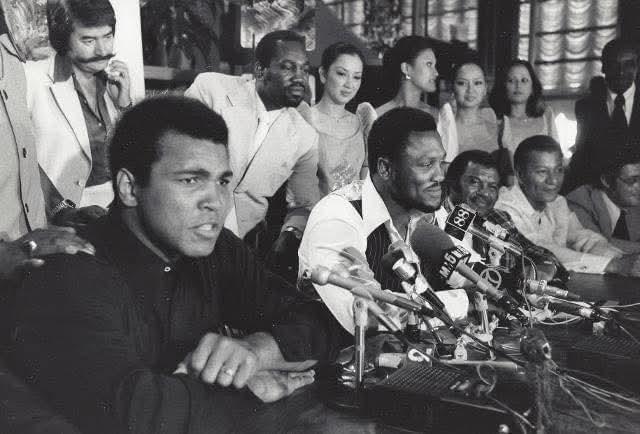
By Wendell Gaa
This month marks the 50th anniversary of the “Thrilla in Manila,” which in my view is the greatest and most intense boxing match ever. It is a milestone in global sports history, in addition to showcasing the Philippine passion for boxing in an era long before our national boxing legend Manny Pacquiao had arrived on the scene.
This epic match was the third and final bout between the undisputed heavyweight champion Muhammad Ali and his opponent Joe Frazier. It took place at the Araneta Coliseum in Cubao, Quezon City on October 1, 1975 (I was born the following year in 1976). My father the late Ambassador Willy C. Gaa, was a huge sports fan and his knowledge of basketball and boxing, two of the most popular sports in the Philippines, was remarkable.
As I was growing up in my adolescent years in Los Angeles in the late 1980s and early 1990s where he was then assigned with the Philippine Consulate General there, he would constantly tell me stories about the “Thrilla in Manila” and how it helped to further put the Philippines on the map. He would tell me how he had met the Filipino referee of that legendary match Carlos Padilla, Jr., and how he even rode on the same commercial plane together with the outspoken boxing promoter Don King and his entourage which flew back to the U.S. from Manila after the fight concluded.
Back in high school, I had seen clips of the “Thrilla in Manila” which aired sporadically on TV on ESPN and HBO, but never before did I have the chance to watch this match in its entirety. Until now. Thanks to the modern wonders of YouTube, I finally got to view the whole match in all its 14 rounds and appreciate the raw energy and force which both Ali and Frazier put into their final confrontation. Watching as both boxers literally tired each other out to total exhaustion throughout the 14 rounds of this fight is something that the world of boxing rarely sees nowadays, and to see both boxers coming out of this being totally worn out, yet alive, is something truly mind-boggling.
After watching this match to the very end, I could now completely understand why Ali had famously claimed that this epic bout was the closest he ever felt to dying, and I could see exactly why his victory over Frazier further cemented his status as an athletic legend and boxing’s greatest of all time (GOAT), aside from our own pound-for-pound champion Pacquiao of course.
Now 50 years later, assessing the legacy of the “Thrilla in Manila” cannot be understated. The “Ali Mall” at the Araneta Center in Cubao is aptly named after the boxing legend, a venue which I would frequent in the late 2000s just to enjoy dining at the “Taco Bell” branch there when I was Manila-based. On the grander scale of things, I see this historic match as perhaps the very first notable international sporting competition in the modern era hosted by the Philippines. While the country had in the years prior hosted other regional and international championship games, nothing before that point had ever captivated global media attention quite the way the “Thrilla in Manila” did. I was further intrigued to learn that this match was notable for its pioneering use of communication technology, and how HBO became the very first television network in history to deliver a continuous signal via satellite while broadcasting this fight.
In succeeding years, the Philippines has ably hosted larger international sporting events such as the FIBA Basketball World Cup (twice in 1978 and 2023) and will host future competitions such as the upcoming FIVB Volleyball Women’s World Championship in 2029. I would like to think that worldwide interest in the Philippines as a capable host for sporting competitions on an international scale is in many respects attributed to the enduring legacy of the “Thrilla in Manila.”

